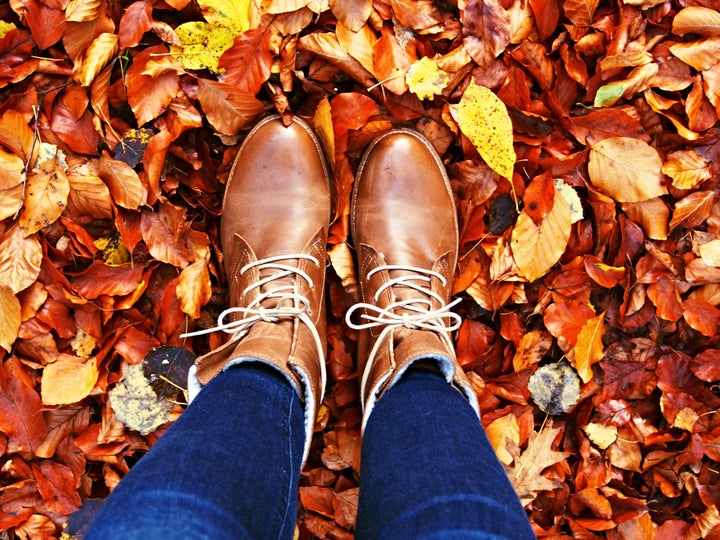
If you’re looking for the perfect autumn boot that you can throw on no matter what you’re doing –– picking apples, walking your dog or grabbing a pumpkin spice latte at your local coffee shop –– comfort is key, especially if you haven’t broken them in yet. And that means no blisters.
HuffPost chatted with two podiatrists to learn what qualities in a boot cause blisters and how to prevent them. Here’s what you need to know.
Blisters are caused by motion
Wearing autumn boots that are too wide or tight is pretty much a one-way ticket to Blister Town.
“One of the most likely causes of blister formation from boots is improper fit. Motion can lead to blisters,” said Dr Saylee Tulpule, a podiatrist at Foot and Ankle Specialists of the Mid-Atlantic. To avoid this, she recommends getting fitted at the store (where you can walk around in them before buying) and making sure your boots are laced tight enough (if they have laces).
Most blisters are caused by moisture and friction where the boot or sock rubs against your foot, according to Dr Wenjay Sung, a podiatrist at USC Arcadia Hospital.
“Blisters are small pockets of fluid that form in the outer layers of skin,” he said. To prevent them, wear boots that fit well and keep sweat at bay with synthetic or wool socks. You can go the extra mile to ensure a good fit by consulting a podiatrist to find out your foot type (like flat-footed, high arch or rectus).
“Not all boots are made the same, and of course not all feet are the same,” Sung said.
Your socks can make a huge difference
You may be surprised to learn that podiatrists aren’t fans of cotton socks.
“As podiatrists, we recommend avoiding cotton socks, since these can retain moisture and cause friction blisters,” Tulpule said. She recommends sticking with moisture-wicking materials like wool or with synthetic fibres like nylon and X-Static. If your feet are prone to sweating, she recommends using absorbent powders.
“Socks can prevent or cause blisters on feet, depending on numerous factors,” Sung said. “The elimination of sheer forces against the foot and skin or controlling perspiration are ways socks can prevent blisters.”
Choosing thicker socks can also help cushion your feet and stop blisters from forming. Sung noted that you can find socks on the market with increased density or padding along pressure points to decrease friction in blister-prone areas.
Take The Time To Break In Autumn Boots
An easy way to minimise blister formation from autumn boots is to gently break them in. It may be tempting to wear your new boots everywhere from the moment you get them, but having some patience will decrease your chances of painful blisters. Tulpule recommends wearing new boots for 30 minutes at a time over the course of a week to break them in gradually.